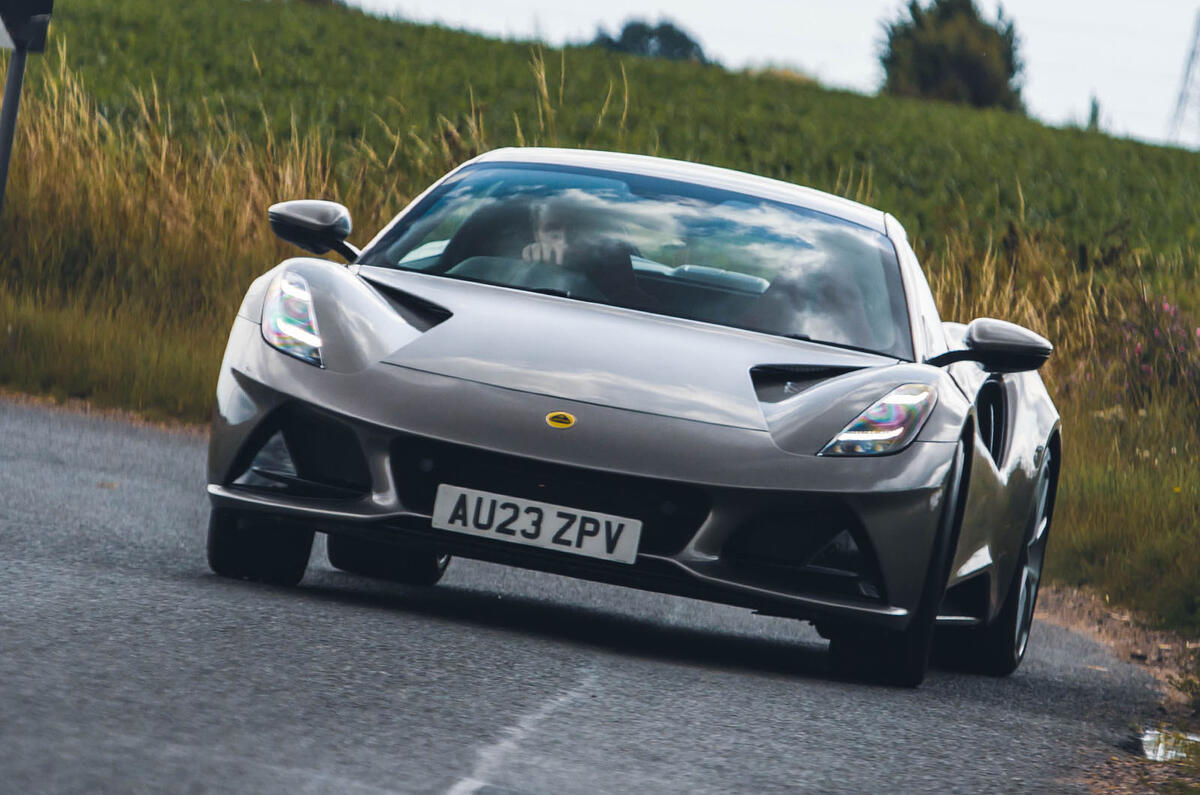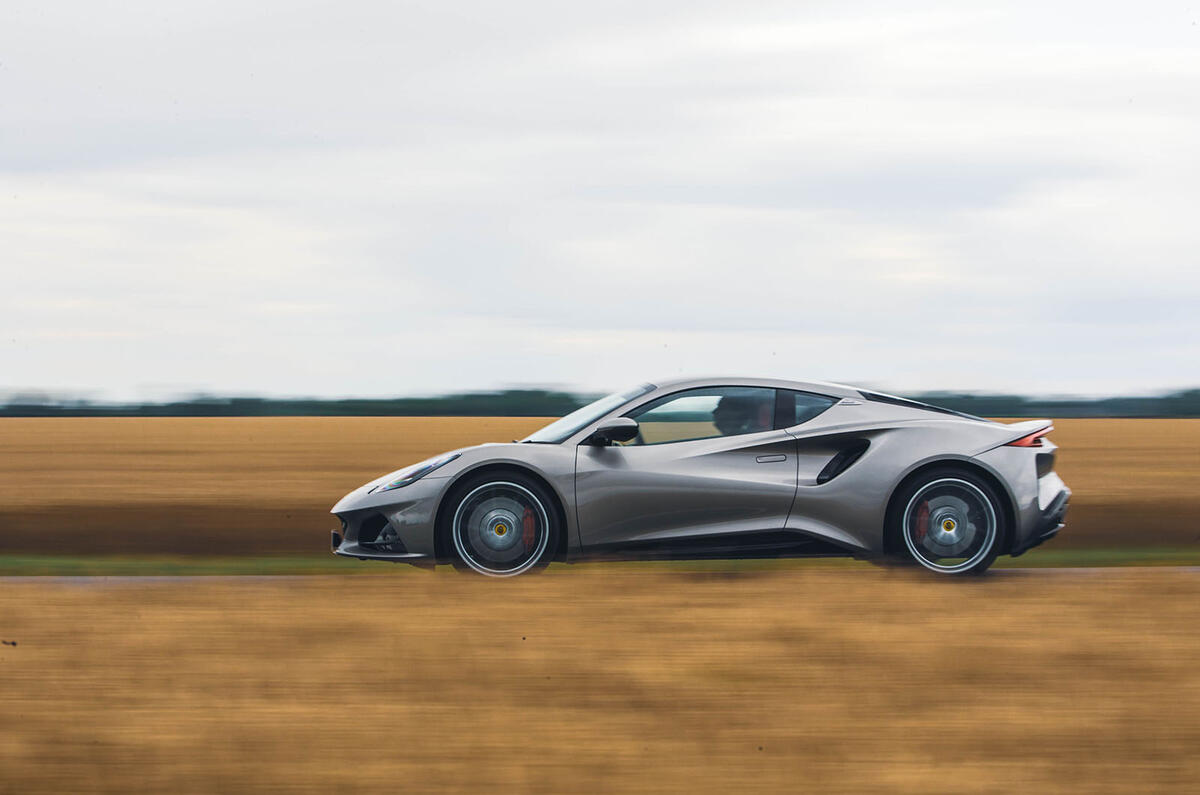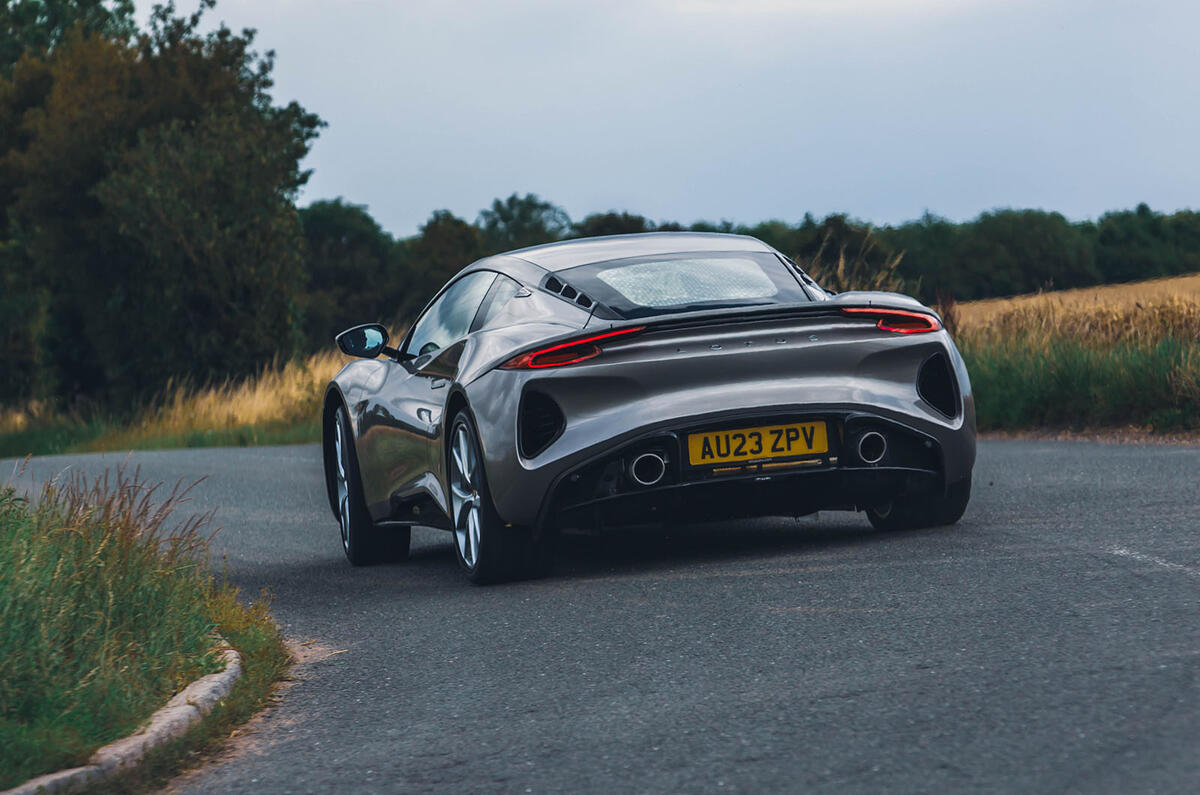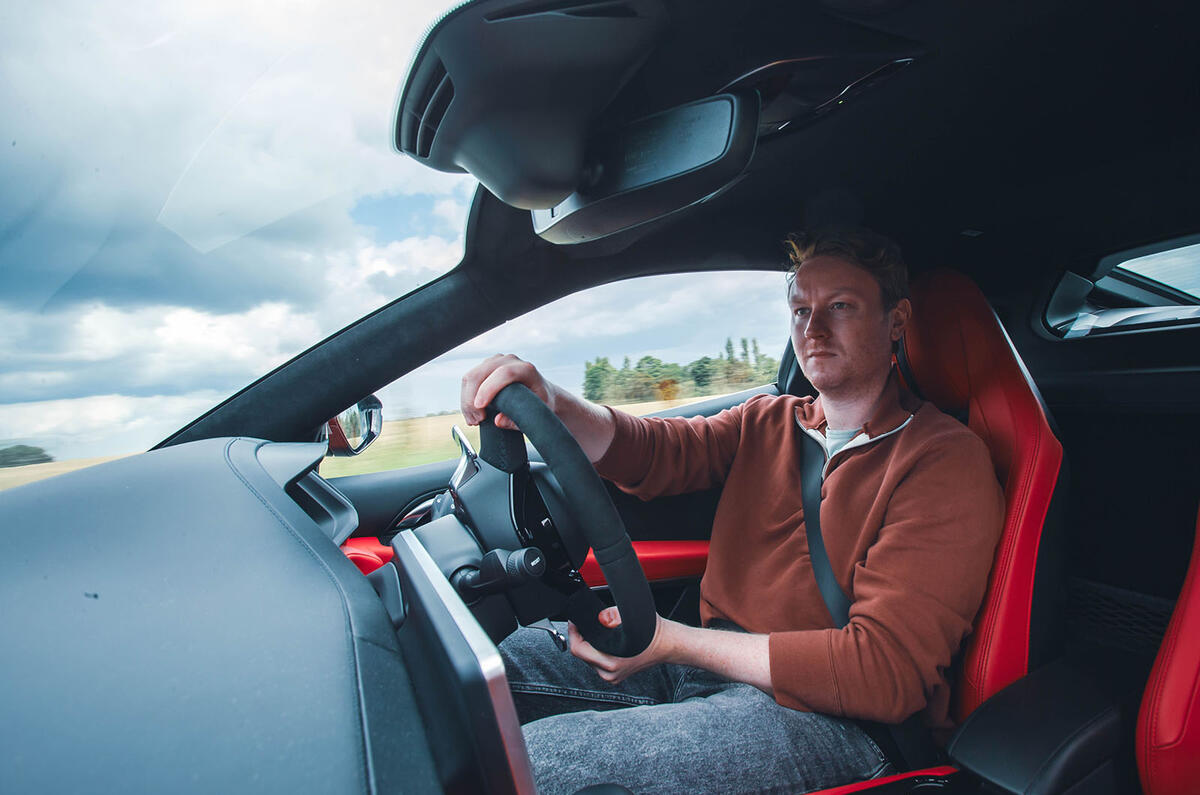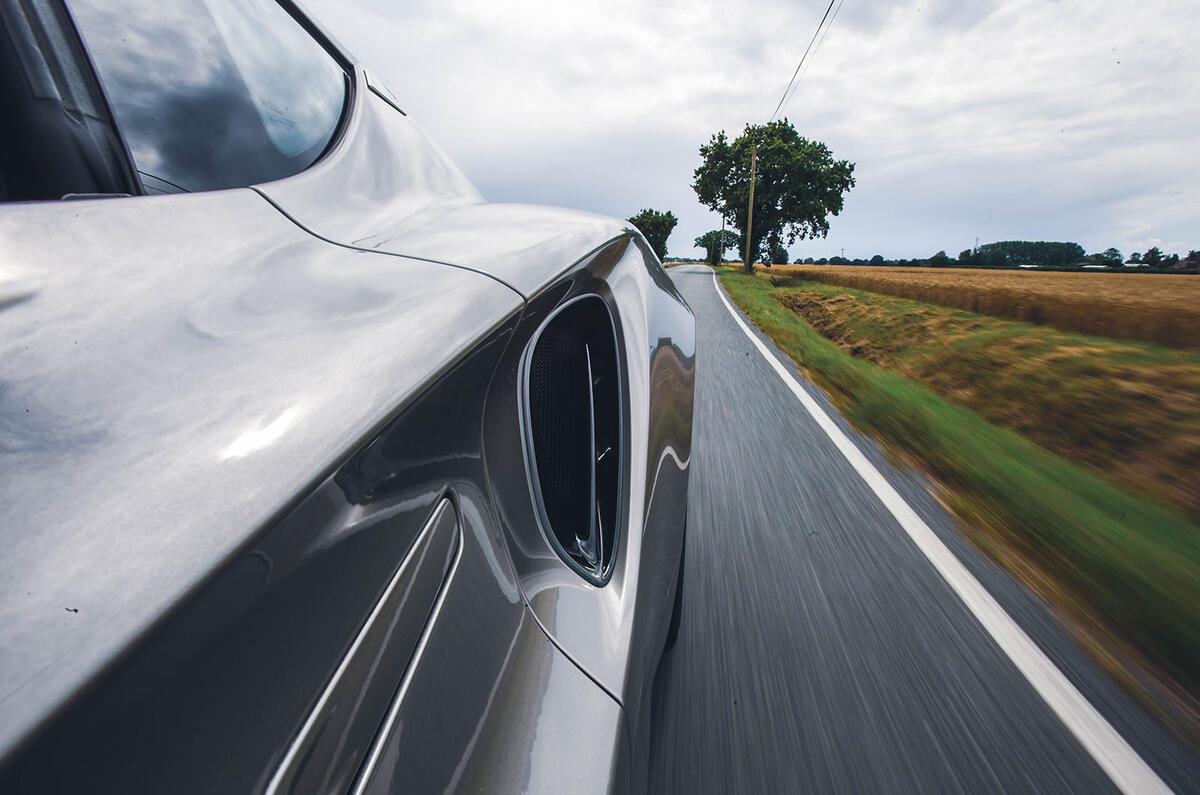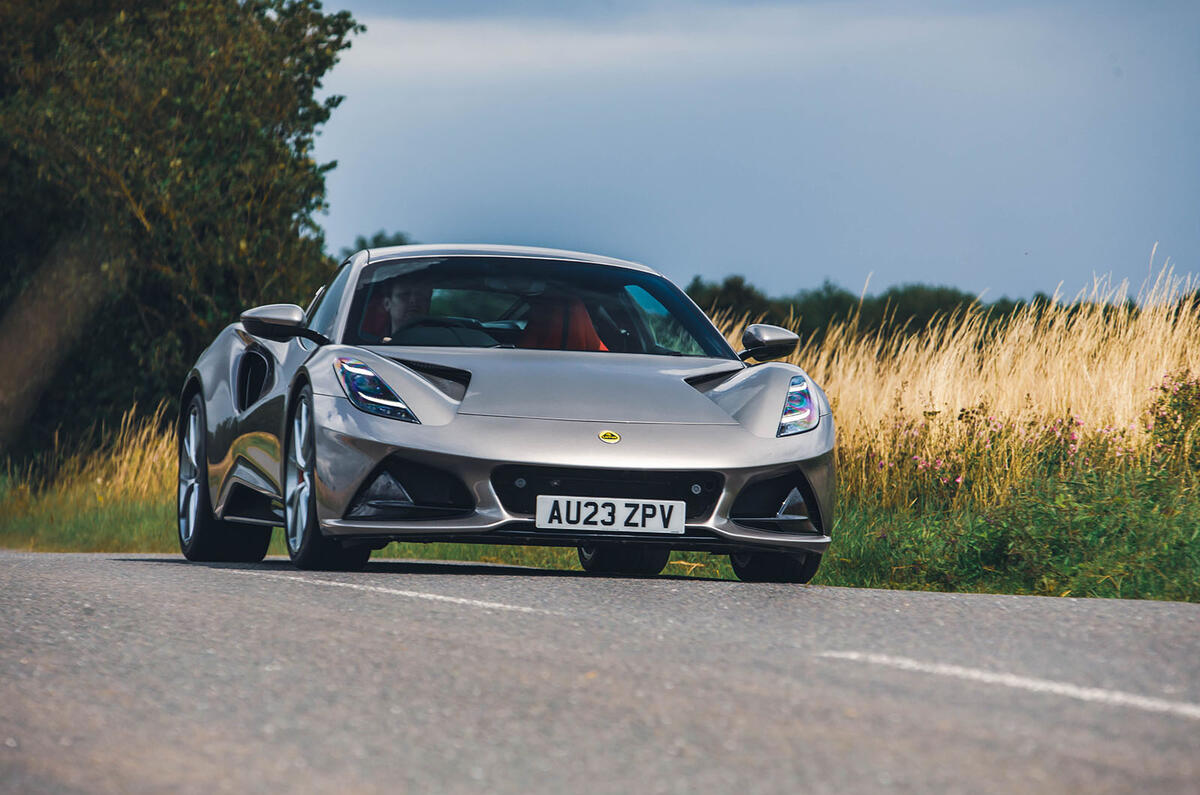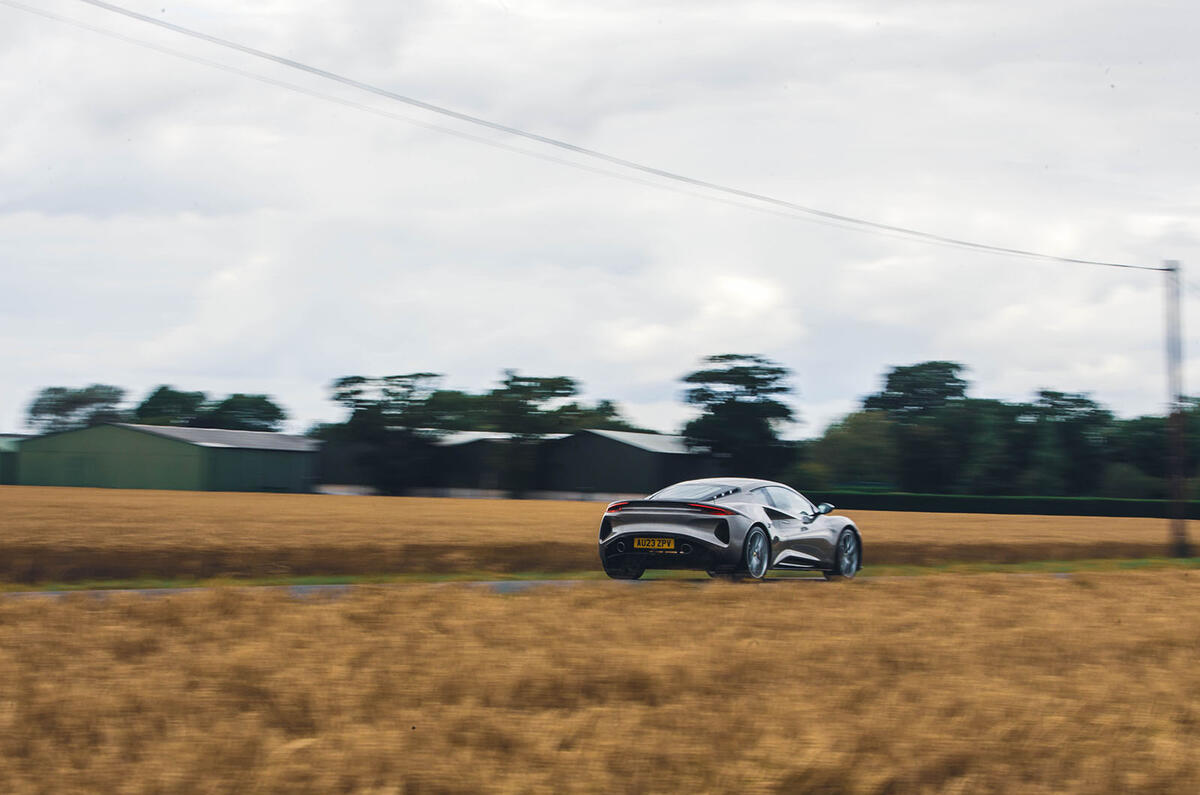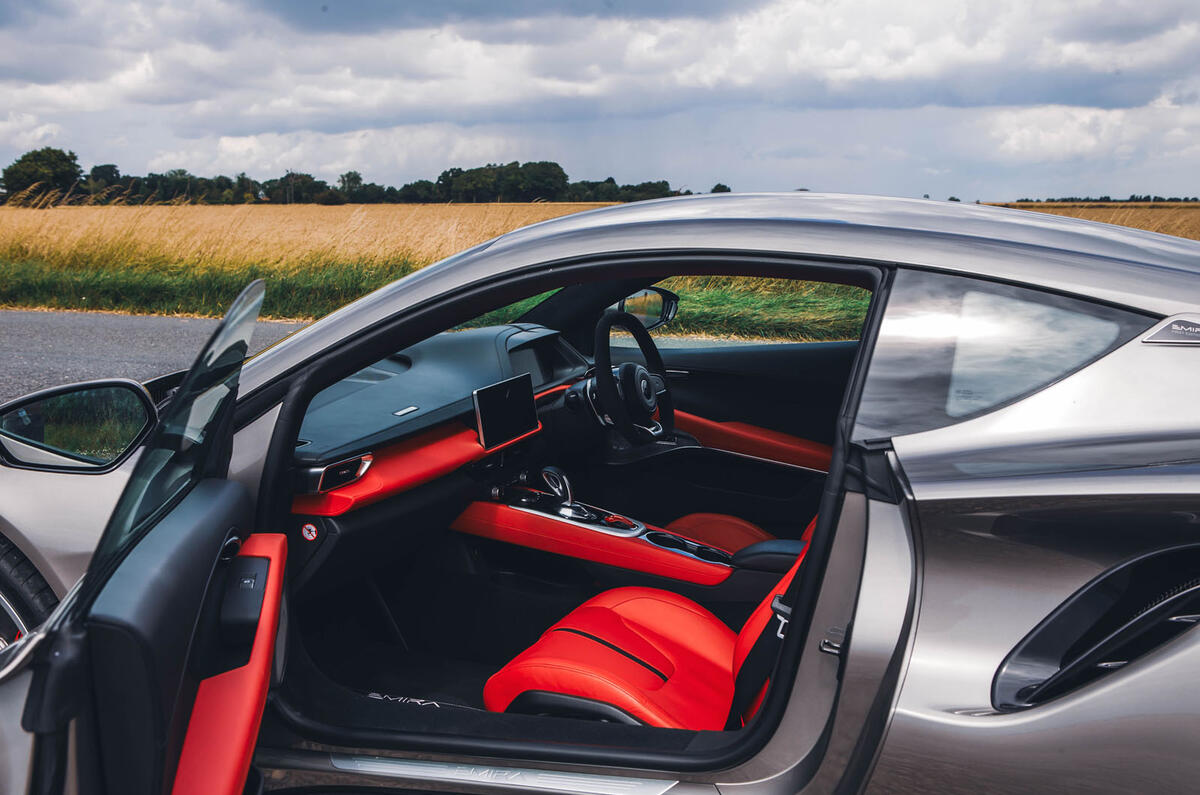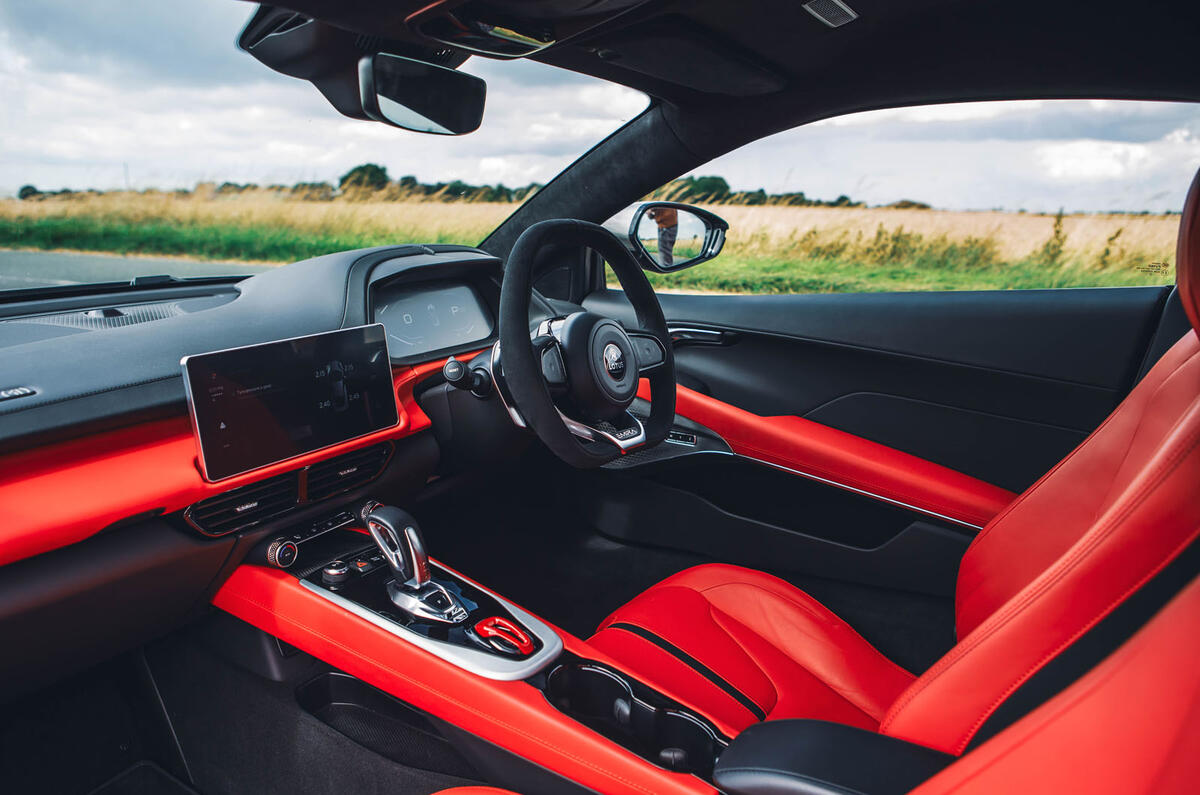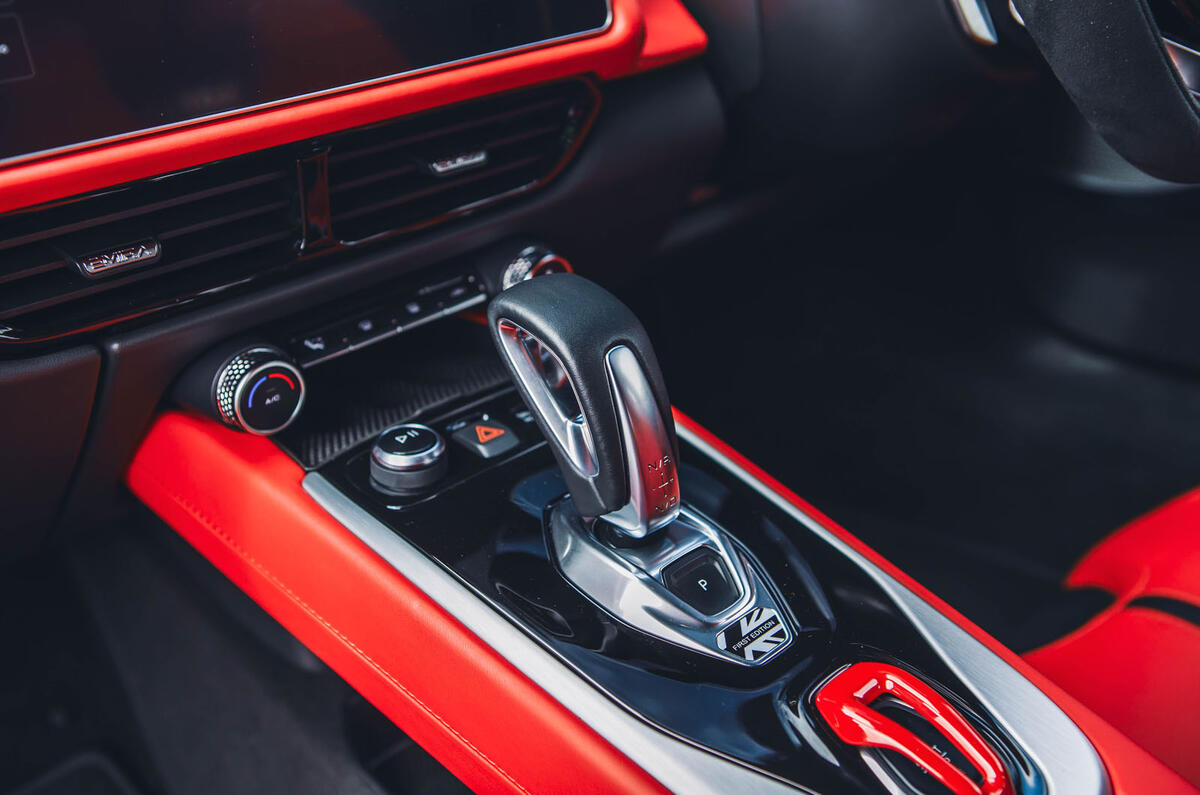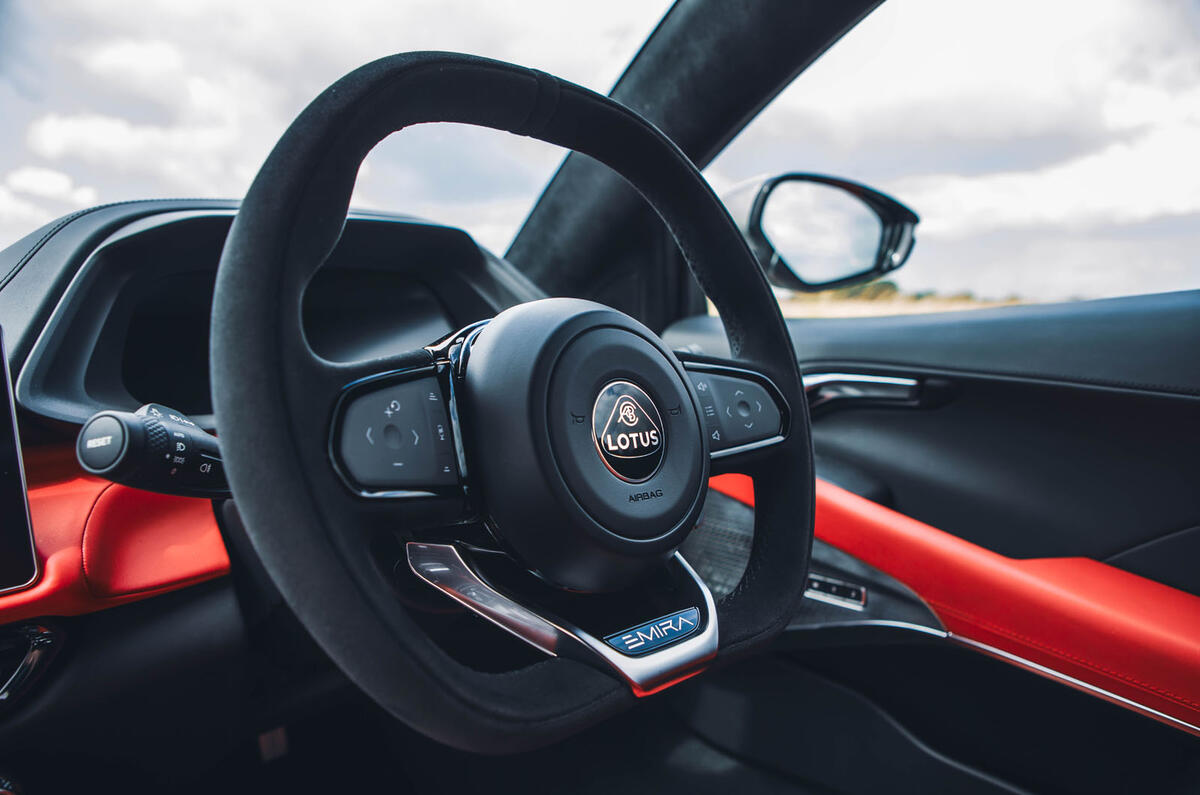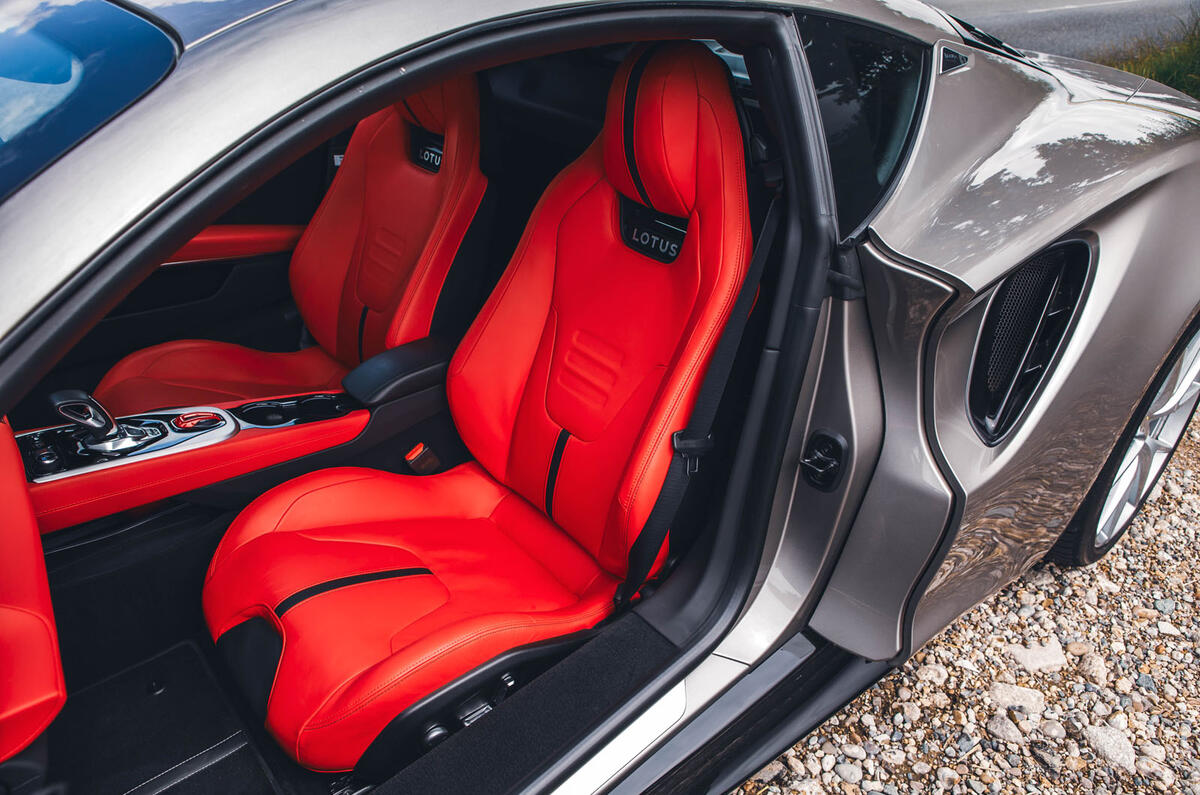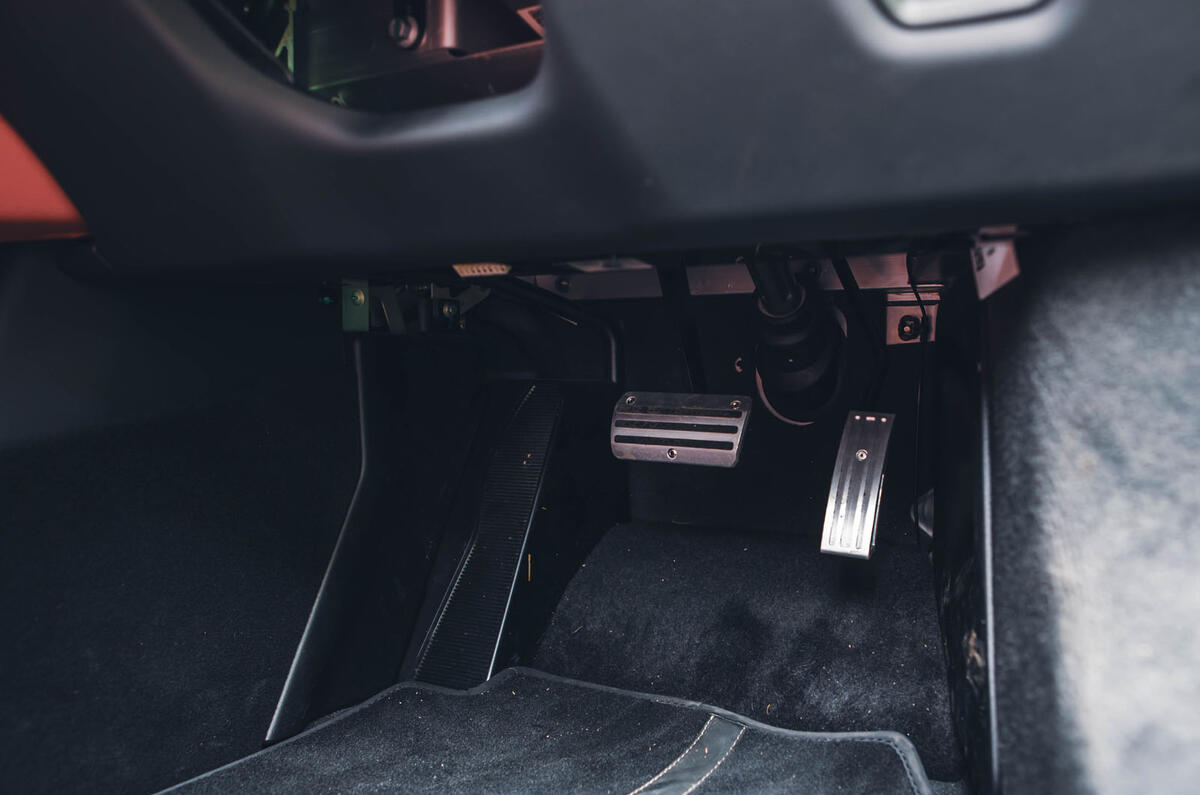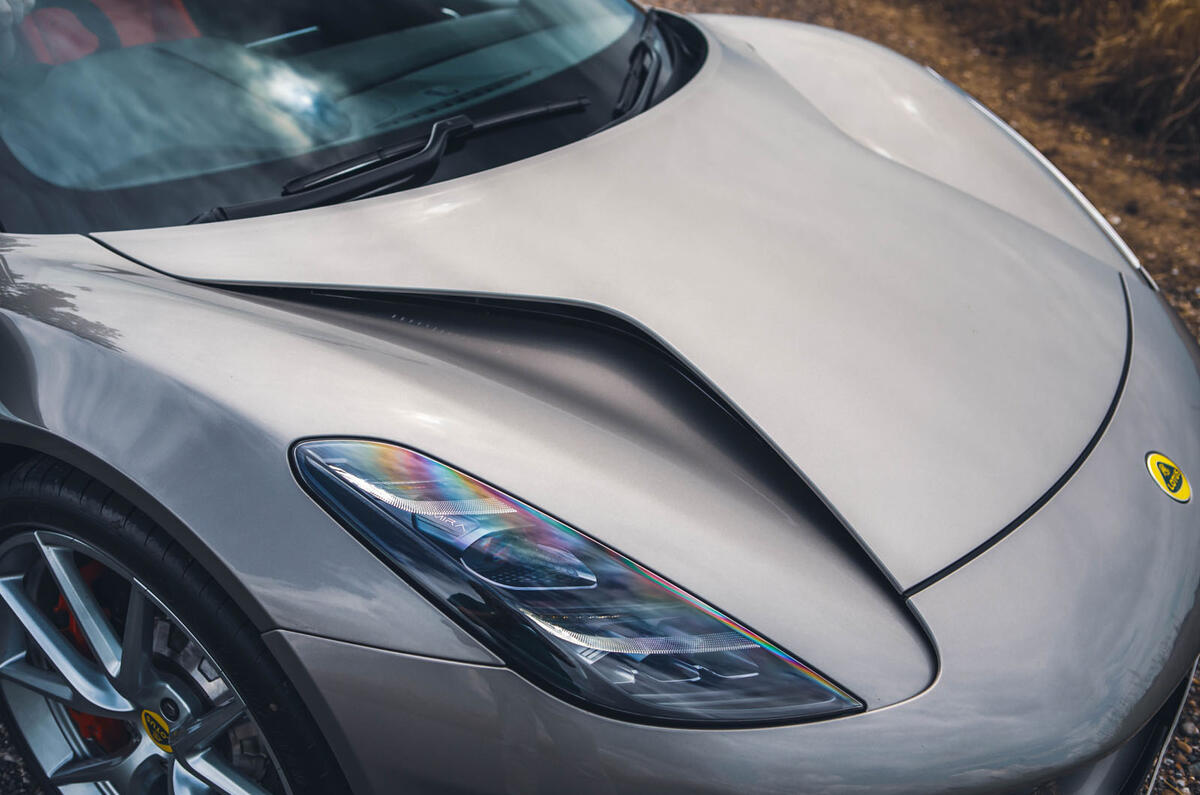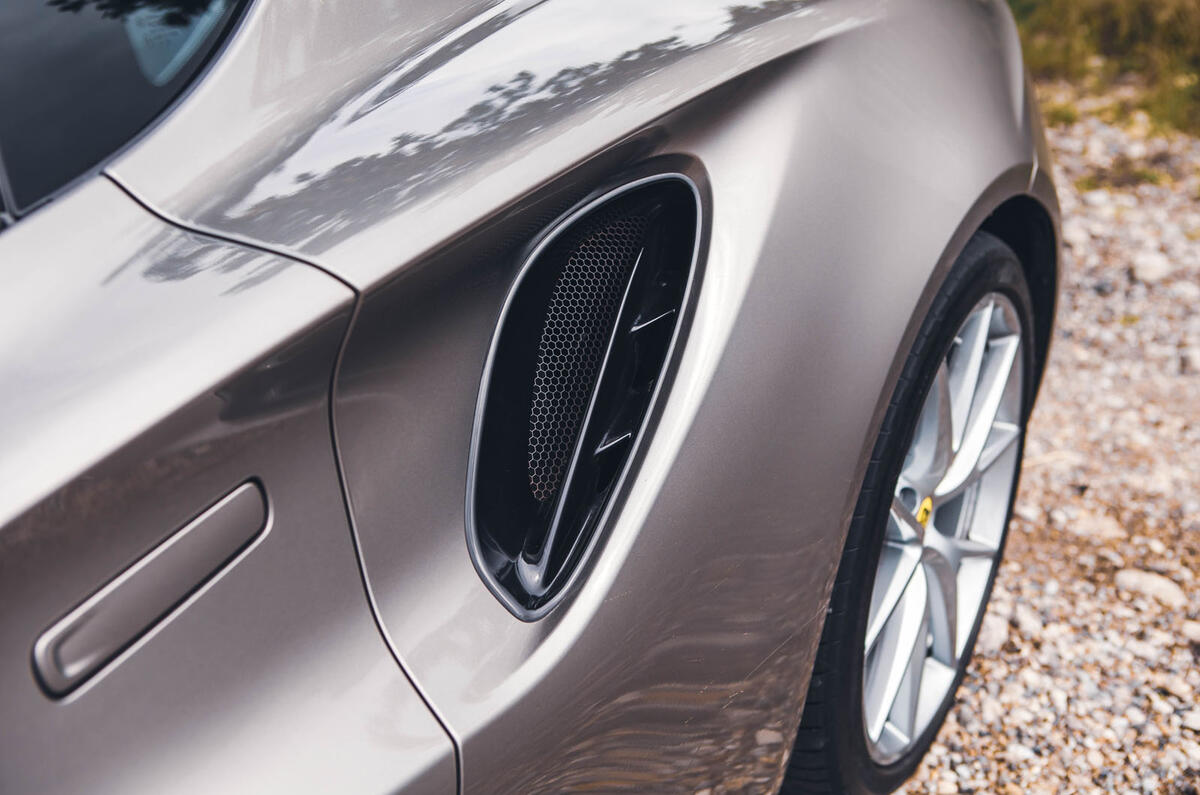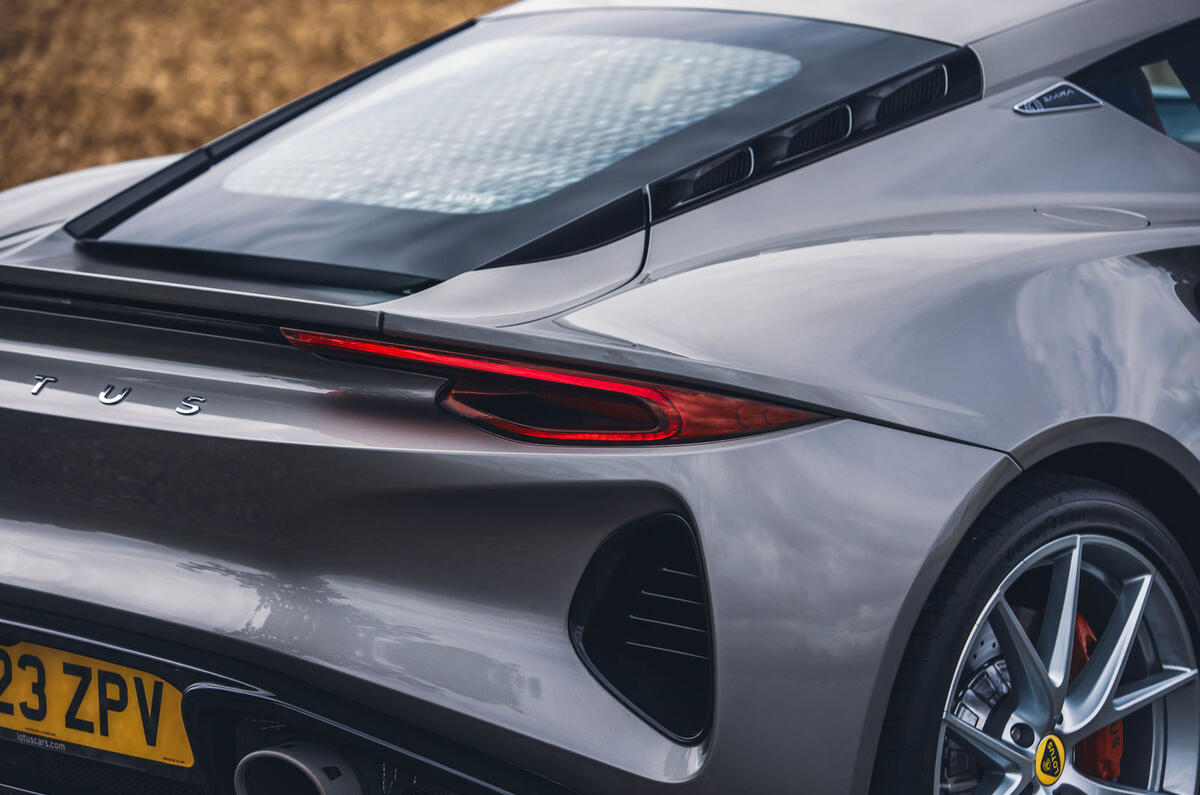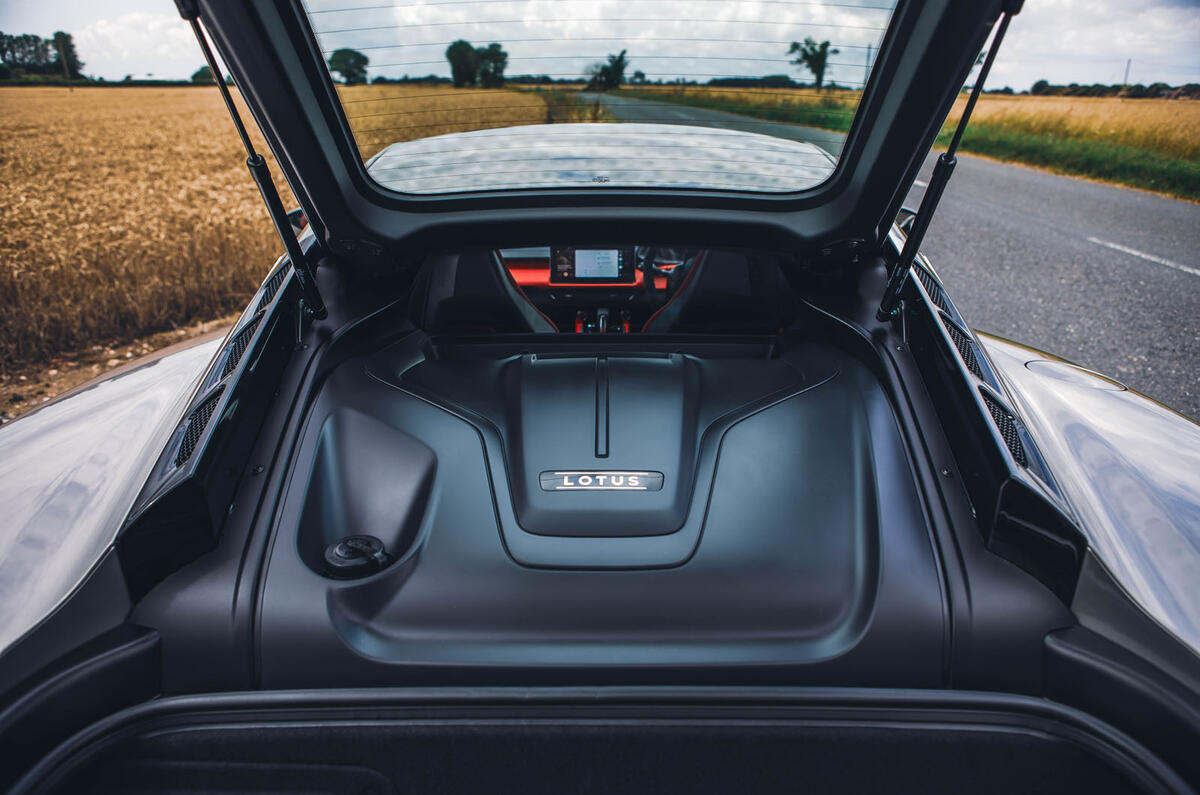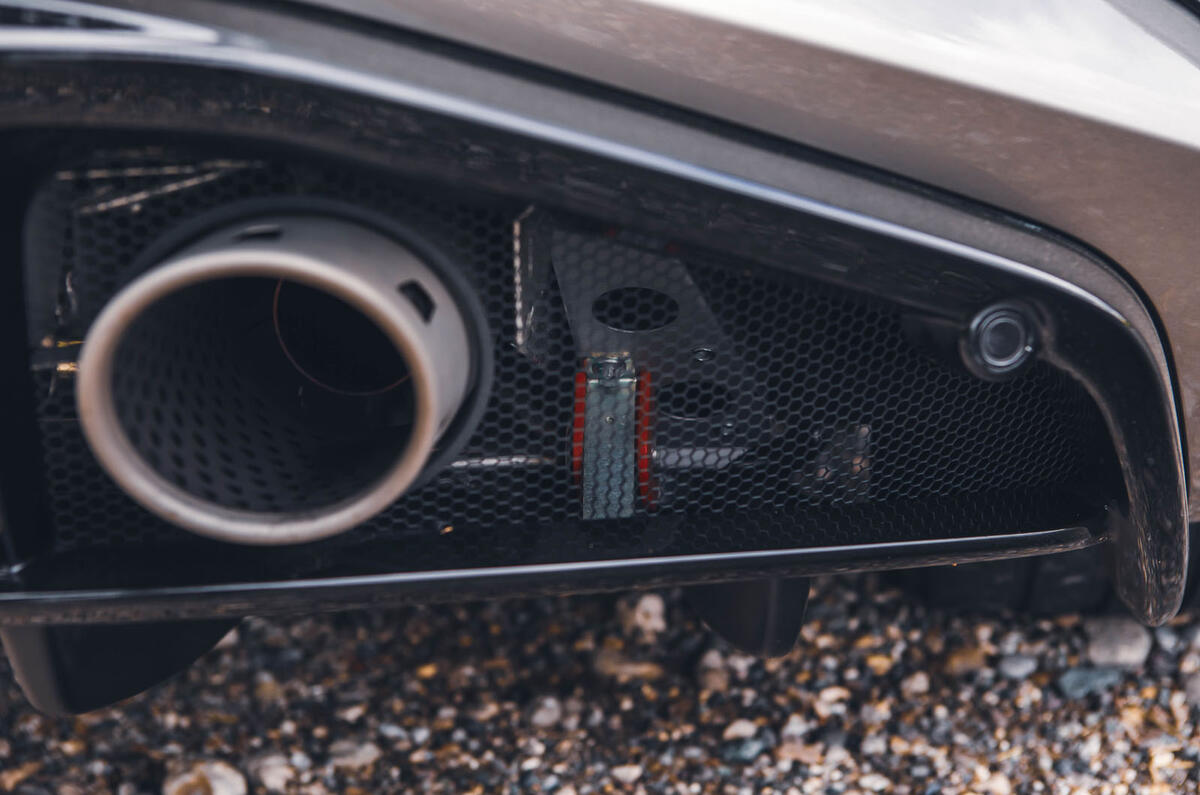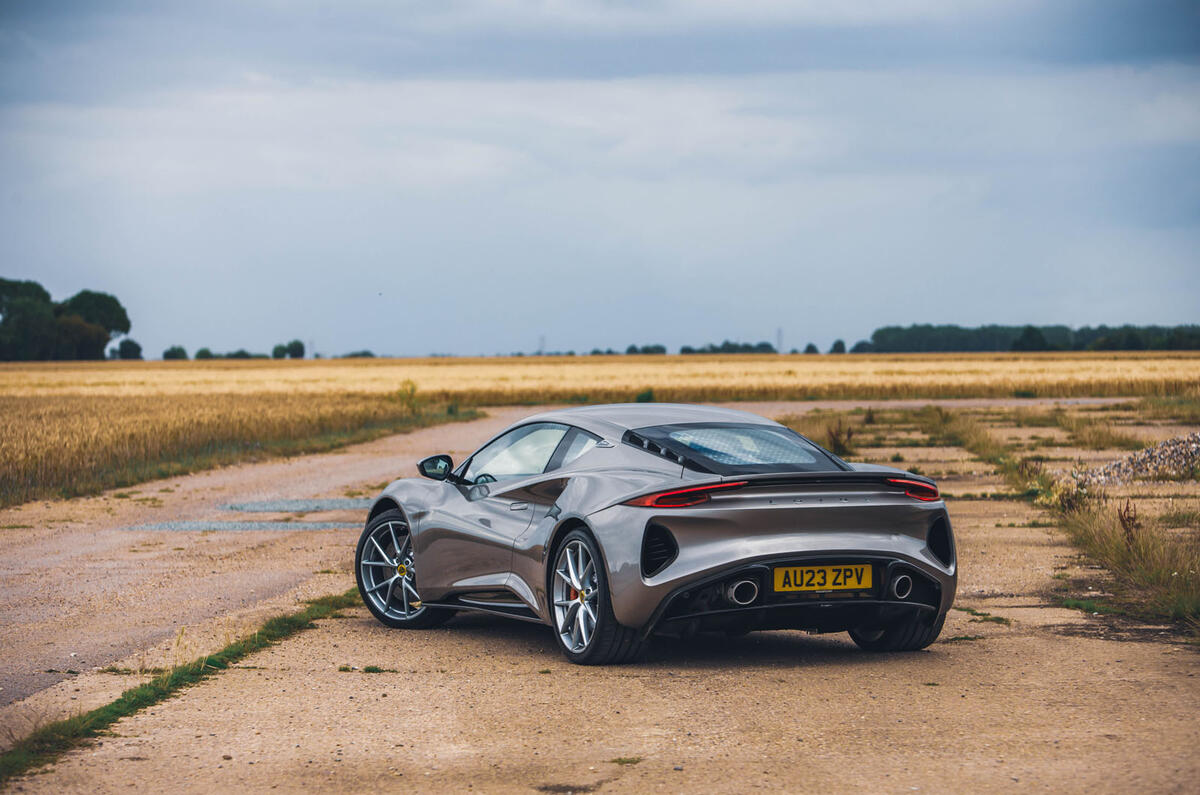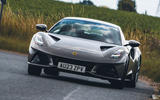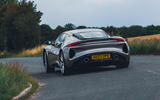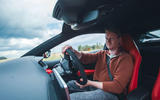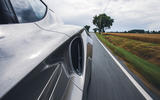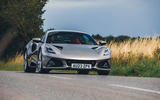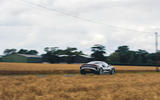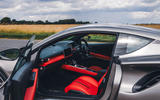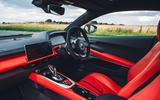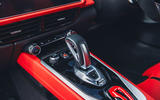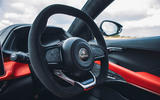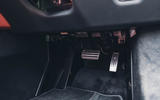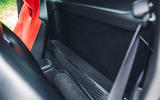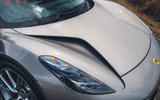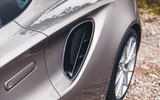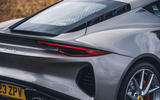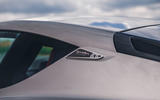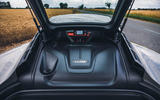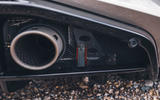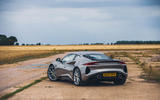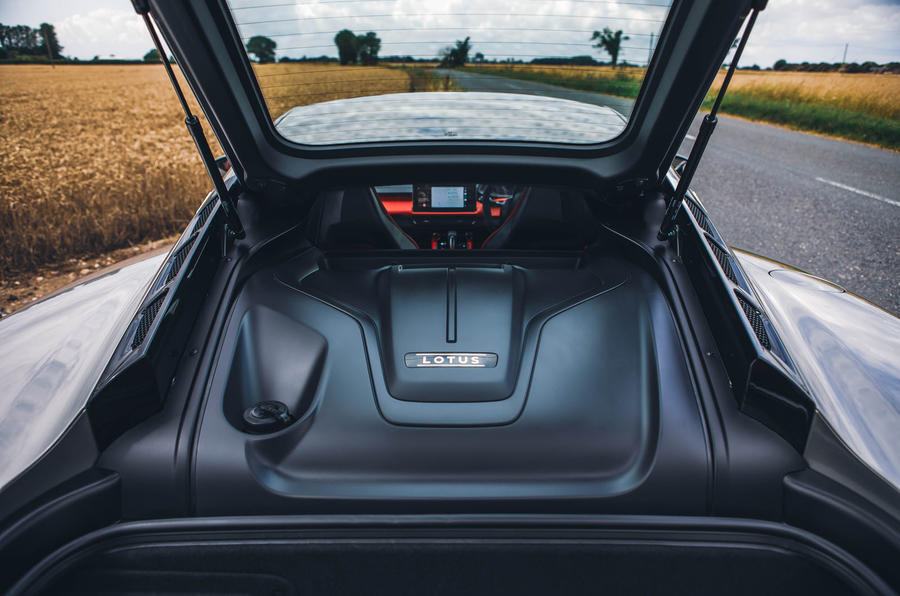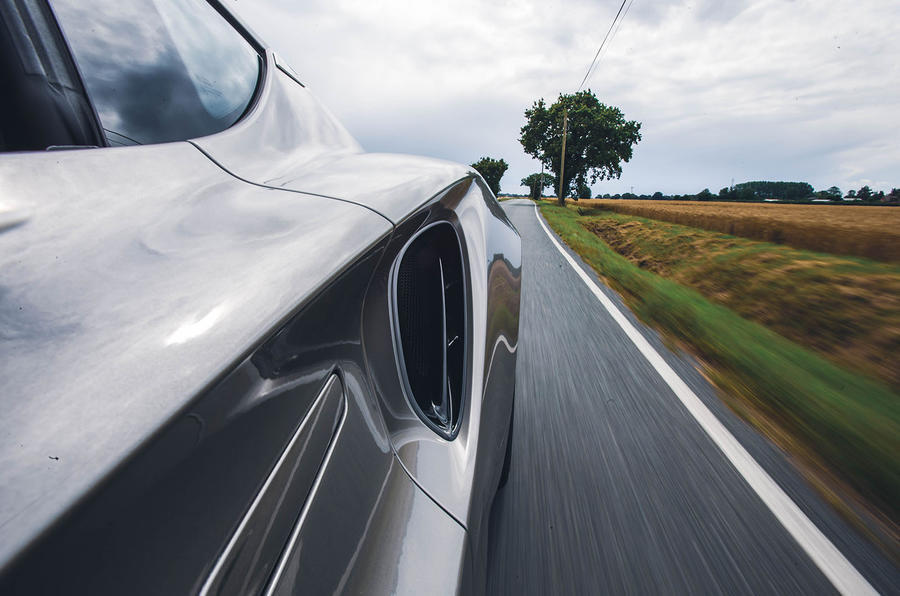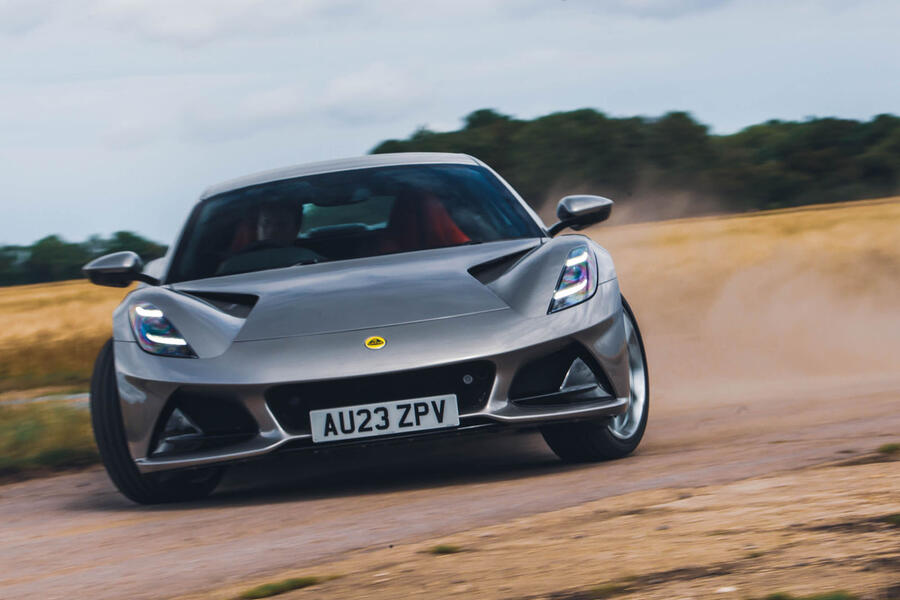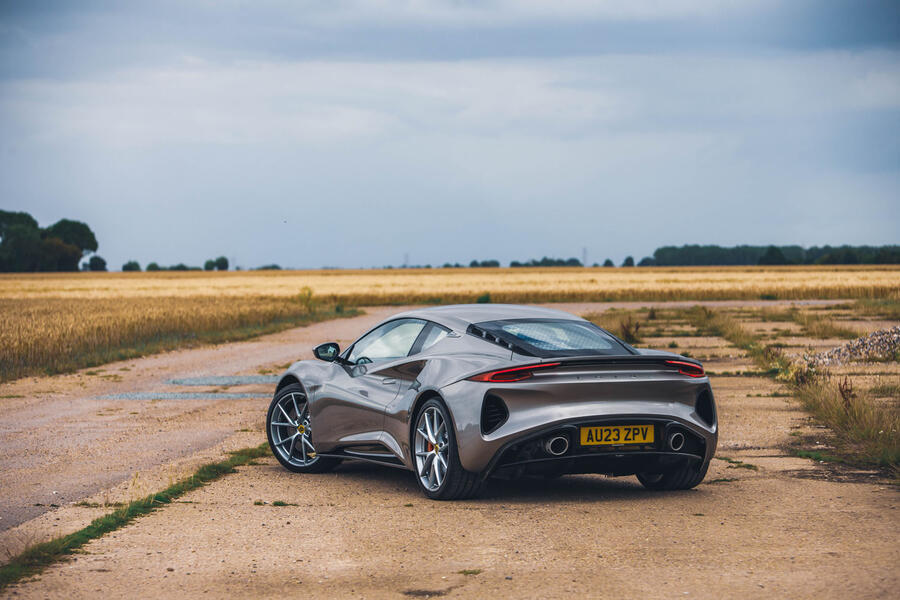Lotus was founded by a man so preoccupied by lightness that even rivet spacing represented a battleground between him and his design engineers. AMG, on the other hand, is celebrated for contract-killer saloons with nicknames like 'Hammer'.
These firms aren’t kindred spirits, but thanks to Chinese car-making giant Geely their paths have crossed and an interesting, potentially excellent little sports car has sprung from the collision.
Anybody coming around from a decade-long coma may wonder just how we got here. It warrants explanation. Having relieved Ford of Volvo in 2010, Geely seven years later took a major stake in Malaysia’s Proton and, as part of that deal, control of Lotus. It’s now turning Lotus into an EV-only brand, and the Wuhan-built Eletre SUV is its first tilt at success. Meanwhile, the Hethel-built Emira is seeing out Lotus’s combustion-engine era and comes not only with the familiar Toyota V6 but also – buckle up – one of the most powerful four-cylinder units in production.
Here we start to appreciate just how busy Geely has been behind the scenes. In 2018, it bought a stake of roughly 10% in Mercedes-Benz, mainly because it was interested in the Germans’ electromobility vision. At around the same time, AMG was deep into the development of an engine known as M139. This was about as highly strung as mass-market 2.0-litre units get, so much so that it was always intended (and has in fact now begun) to supplant even the fabled V8s.
So when Lotus needed an engine to create an entry point to the Emira range, the compact but exotic and reasonably future-proofed M139 was at the top of its shopping list. CEO Matt Windle headed to Stuttgart to do a deal and, following support from Geely, crates stamped ‘AMG’ now make their way to Norfolk.


